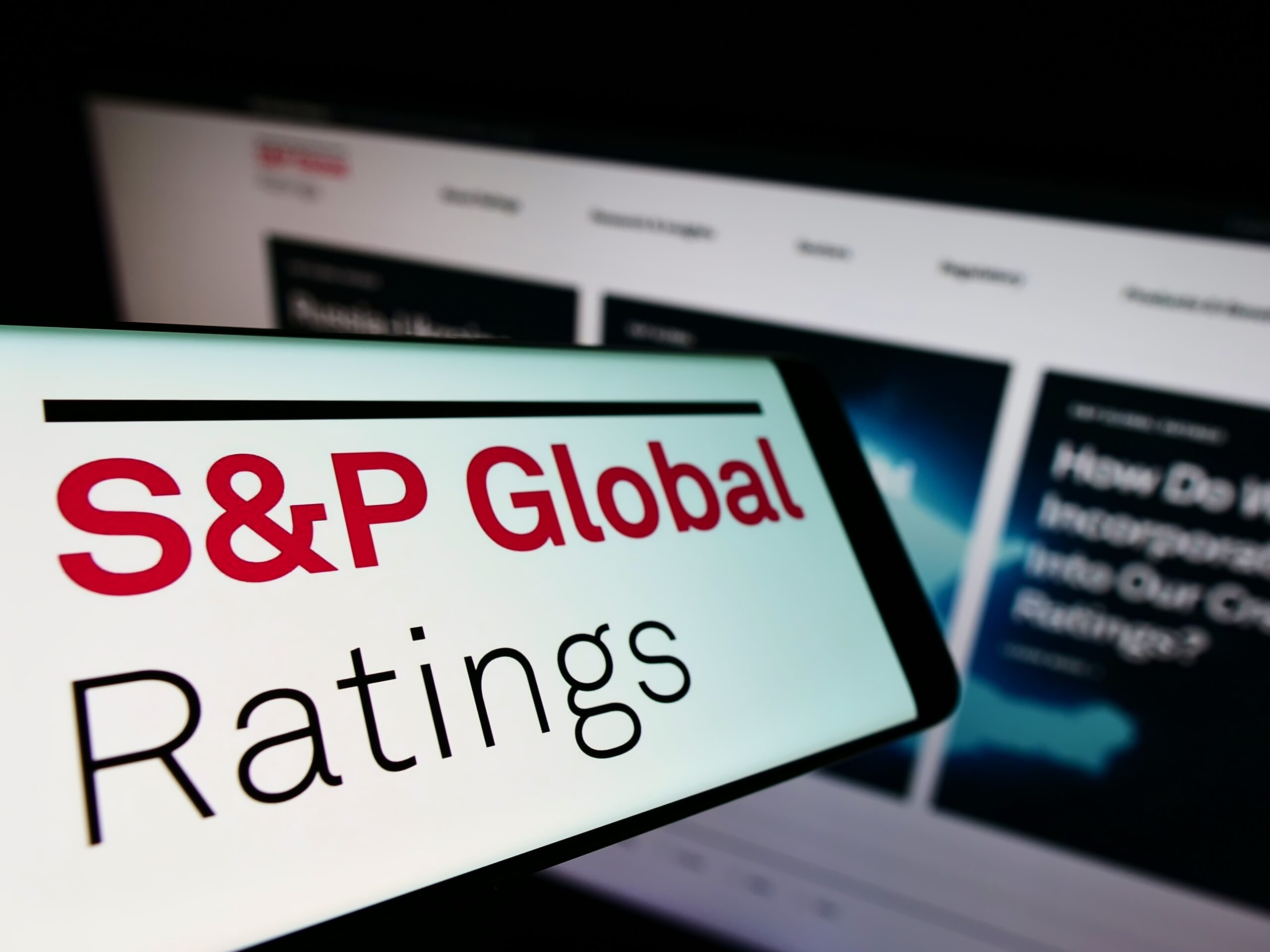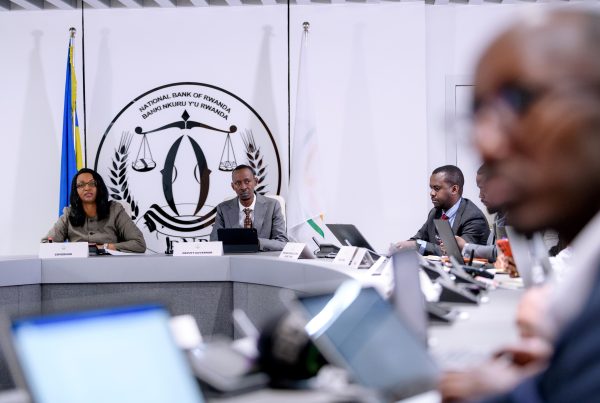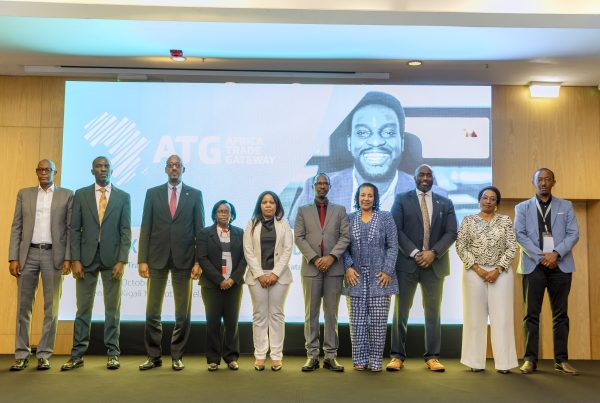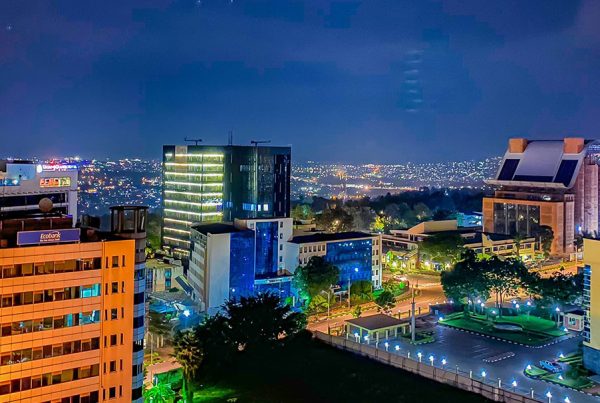S&P Global Ratings has maintained Rwanda’s sovereign credit rating at ‘B+/B’, with a stable outlook, highlighting the country’s robust economic growth and access to concessional financing despite mounting regional security threats and rising external debt linked to the ambitious Bugesera airport project.
The affirmation underscores confidence in Rwanda’s macroeconomic management and growth trajectory even as regional instability and reduced bilateral aid pose risks. “The stable outlook balances Rwanda’s regional security risks and fiscal and external imbalances against its strong per capita GDP growth and highly concessional debt stock,” S&P said in a statement on May 16.
Rwanda continues to face rising geopolitical risk, especially from the volatile situation in eastern Democratic Republic of Congo (DRC), where renewed fighting by the M23 rebel group has strained relations between the two nations. While the economic impact of these tensions has been “reasonably muted,” S&P cautioned that a prolonged conflict could dampen investment and disrupt Rwanda’s access to donor support.
“In our view, further escalation could exacerbate pressure on Rwanda’s access to concessional financing and stifle investment and growth prospects,” the agency noted.
Recent donor suspensions tied to the DRC conflict account for less than 1 percent of Rwanda’s GDP annually and have not affected multilateral support, which comprises about 80 percent of aid flows. Nonetheless, the situation remains fluid. A U.S.-brokered peace agreement between Rwanda and the DRC is expected by mid-May, though S&P warns the evolution of the conflict is “highly unpredictable.”
Simultaneously, Rwanda is embarking on a high-stakes, multi-billion-dollar infrastructure expansion centered on Bugesera International Airport. The $2.6 billion project, expected to complete by 2029, includes a $1.2 billion public financing component to support construction and recapitalize RwandAir, the national carrier. The remaining funding will be sourced from Qatar, which holds a 60 percent stake in the airport and is acquiring a 49 percent stake in RwandAir.
While the airport could enhance Rwanda’s logistics capacity and stimulate growth, it also poses material fiscal risks. “Downside risks stem from potential cost overruns, delayed implementation, and the increasingly prohibitive cost of commercial financing,” S&P said.
Despite these pressures, Rwanda’s debt structure remains favorable. Roughly 88 percent of its external debt is concessional, with long maturities and low interest rates, which has helped contain debt servicing costs at around 10-11 percent of government revenue.
S&P forecasts that real GDP will expand by more than 7 percent annually through 2028, among the highest growth rates in the rating universe. Public investments in infrastructure and climate resilience are expected to drive this momentum. Rwanda is also poised to benefit from its early adoption of climate-linked financing, being the first African nation to sign a Resilience and Sustainability Facility agreement with the IMF.
However, Rwanda’s external position remains under strain. The country’s current account deficit is expected to peak at 12.1 percent of GDP in 2026, in large part due to Bugesera’s import bill, before gradually easing. FX reserves stood at $2.4 billion at end-2024, supported by concessional inflows and are forecast to average $2.8 billion through 2028.
Inflation, while rising slightly due to erratic weather, remains within the National Bank of Rwanda’s target range. The central bank cut its policy rate to 6.5 percent in August 2024 but is expected to remain cautious amid food supply uncertainties.
Rwanda’s banking sector is expanding, albeit from a low base, and remains well-capitalized. However, rising non-performing loans, driven by weather-hit infrastructure projects and increasing dollarization present emerging risks. “FX deposits reached one-third of total system deposits in December 2024,” the report said.
Although fiscal consolidation is underway, with plans to raise revenue and cut recurrent spending, S&P remains cautious about the pace of adjustment. It expects Rwanda’s fiscal deficit to narrow to 4 percent of GDP by 2028, from an estimated 5.6 percent in 2025.
Ultimately, Rwanda’s credit story is one of resilience amid volatility. “Our ratings on Rwanda are supported by the country’s comparatively effective institutional framework in the regional context, favorable debt structure, and strong per capita growth rates,” S&P said. Yet, the agency cautioned that risks from regional instability and reduced access to concessional financing could still undermine this trajectory.





